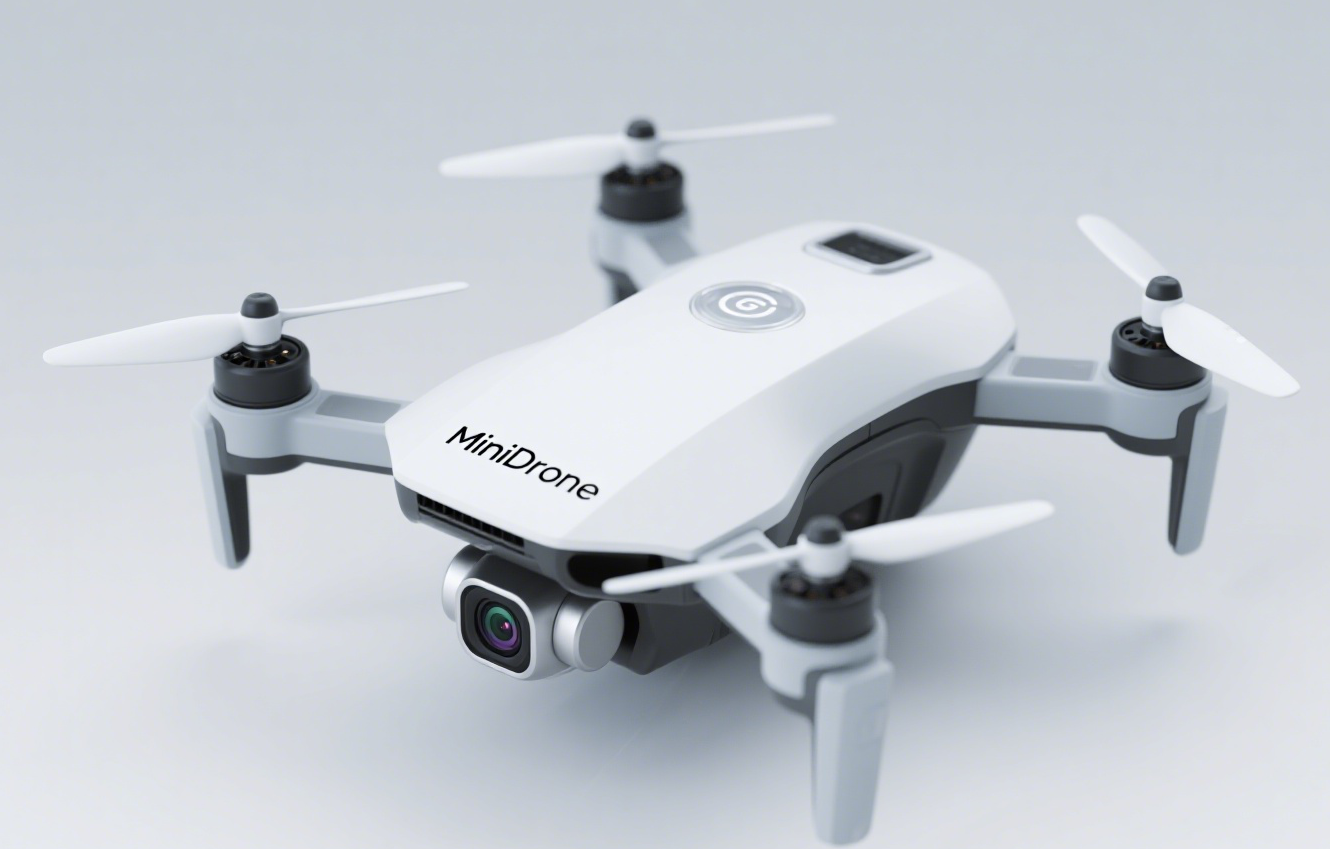Enhancing Drone Swarm Coordination with mmWave Radar Technology
Introduction
Drone swarms are transforming industries ranging from logistics and agriculture to defense and emergency response. By operating as coordinated fleets rather than individual units, drone swarms can cover larger areas, perform tasks more efficiently, and adapt dynamically to changing conditions. However, coordinating dozens—or even hundreds—of drones in close proximity presents unique challenges. Communication latency, collision risk, and environmental interference are all barriers that limit the effectiveness of swarm systems.
This is where millimeter-wave (mmWave) radar technology steps in. By providing high-resolution sensing, robust object detection, and real-time environmental mapping, mmWave radar offers drone swarms a scalable and reliable method of maintaining coordination and safety.
The Challenges of Drone Swarm Coordination
-
Collision Avoidance: Drones in swarms often fly at high speeds and within tight formations. GPS-based systems alone cannot provide the accuracy needed to avoid mid-air collisions.
-
Communication Overload: Traditional wireless communication channels struggle to handle the data load of large-scale swarms, especially in environments with radio interference.
-
Dynamic Environments: From urban canyons to forests, drones must adapt to unpredictable obstacles that cannot always be mapped in advance.
-
Low-Visibility Operations: Fog, rain, or night operations render cameras and LiDAR less effective, reducing situational awareness.
mmWave Radar as a Game-Changer
Millimeter-wave radar operates at frequencies such as 77–81 GHz, enabling it to penetrate challenging environments while delivering centimeter-level accuracy. For drone swarms, this means:
-
High-Precision Relative Positioning
Each drone can measure the relative distance, velocity, and angle of its neighbors in real time, reducing reliance on GPS and ensuring precise formation flying. -
Resilient Performance in Adverse Conditions
Unlike optical sensors, mmWave radar is not affected by darkness, glare, fog, or rain. This makes it indispensable for outdoor swarm operations. -
Efficient Obstacle Detection and Mapping
Radar sensors generate 4D point clouds that can identify objects, surfaces, and even micro-movements, allowing drones to navigate complex environments safely. -
Low-Power, Compact Integration
Advances in modular radar boards, such as those developed by Linpowave, make it possible to embed radar into drones without compromising flight time or payload capacity.
Real-World Applications of Radar-Enabled Swarms
-
Search and Rescue Missions
Swarms can rapidly scan disaster zones for survivors. Radar detects human presence through debris, smoke, or darkness—conditions where cameras fail. -
Agricultural Monitoring
Coordinated drone swarms equipped with radar can map crop growth, soil conditions, and livestock movements over vast areas with unprecedented accuracy. -
Military and Defense
Secure, radar-based positioning reduces reliance on GPS, which can be jammed or spoofed in hostile environments. Swarm tactics become more resilient and autonomous. -
Infrastructure Inspection
Bridges, pipelines, and power lines can be surveyed by radar-equipped swarms that detect structural changes invisible to visual inspection.
Linpowave’s Role in Swarm Radar Innovation
At Linpowave, we specialize in compact, high-performance radar solutions tailored for emerging applications like drone swarms. Our radar modules offer:
-
Miniaturized designs (as small as 50x50 mm), suitable for drones of all sizes.
-
Multi-target tracking algorithms that enable simultaneous monitoring of numerous drones in flight.
-
Customizable frequency bands (60 GHz, 77–81 GHz) to fit mission-specific needs.
-
Low-latency data output, ensuring real-time coordination.
By integrating Linpowave radars, developers can scale drone swarms beyond experimental stages into robust commercial and industrial tools.
Conclusion
The future of drone swarms depends on sensing technologies that combine precision, resilience, and scalability. While cameras and LiDAR have roles to play, they fall short in environments where reliability is critical. mmWave radar provides the sensing backbone that enables drone swarms to operate safely, efficiently, and intelligently in real-world conditions.
As industries demand larger and more complex drone fleets, radar will be at the core of the solution—turning coordinated flight from a technological challenge into a dependable reality.



